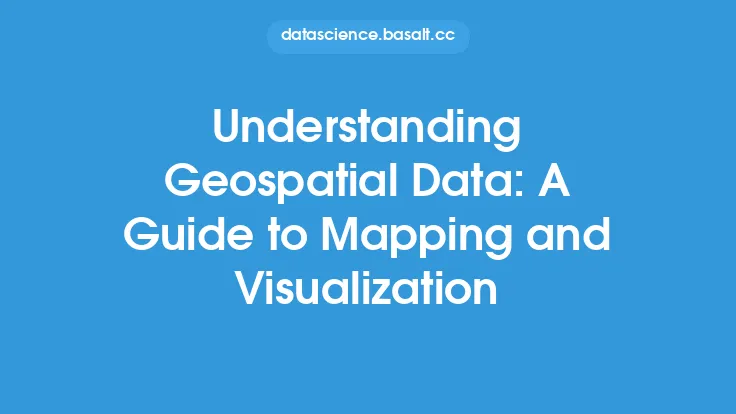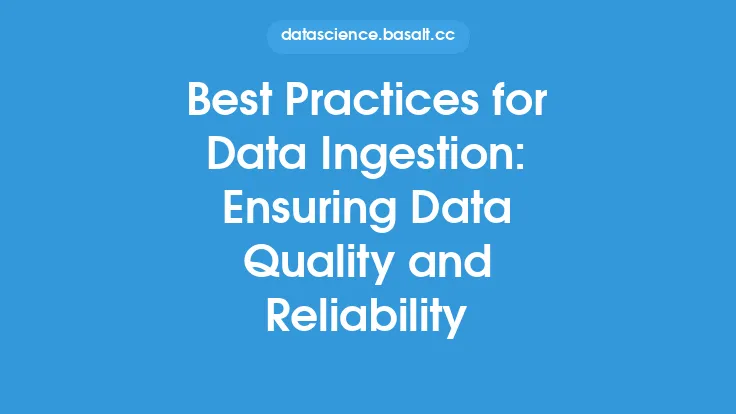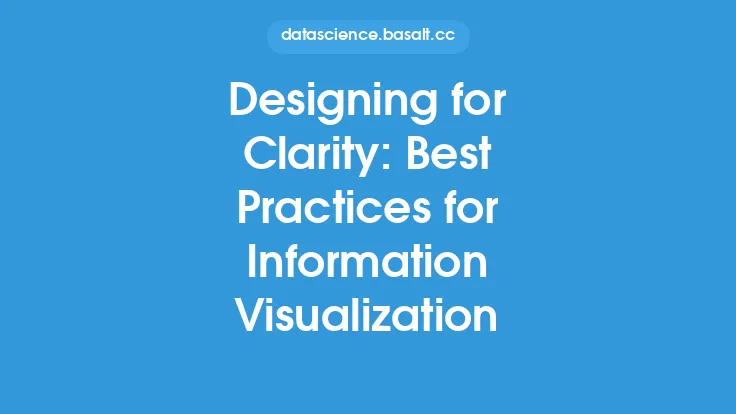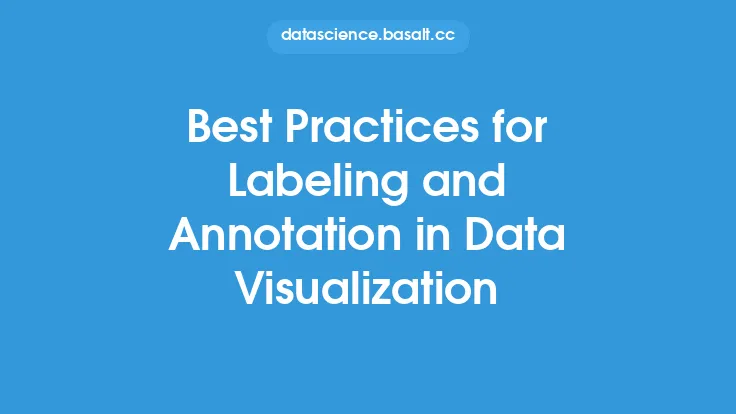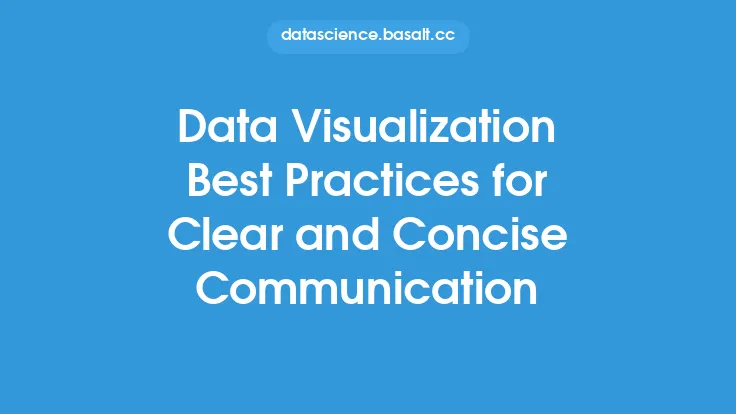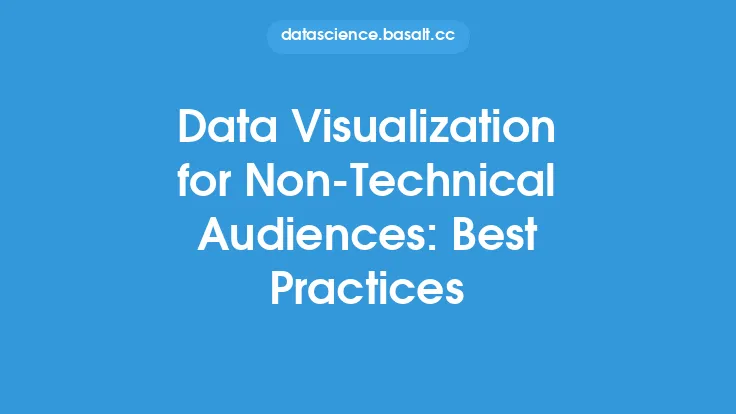Geospatial data visualization is a crucial aspect of cartography and mapping, as it enables the effective communication of complex spatial information to various stakeholders. The goal of geospatial data visualization is to create interactive and dynamic maps that facilitate the understanding of spatial relationships, patterns, and trends. To achieve this, it is essential to follow best practices that ensure the accurate representation of geospatial data, while also considering the needs and limitations of the target audience.
Introduction to Cartography and Mapping
Cartography and mapping are the foundation of geospatial data visualization. Cartography refers to the science and art of creating maps, while mapping is the process of representing geographic data in a visual format. The primary goal of cartography is to communicate spatial information in a clear and concise manner, taking into account the scale, projection, and symbology of the map. Mapping, on the other hand, involves the use of various techniques, such as geographic information systems (GIS), remote sensing, and spatial analysis, to create visual representations of geospatial data.
Principles of Geospatial Data Visualization
Effective geospatial data visualization is based on several key principles, including clarity, simplicity, and accuracy. Clarity refers to the ability of the map to convey complex spatial information in a clear and concise manner, while simplicity involves avoiding unnecessary complexity and clutter. Accuracy is also crucial, as it ensures that the map represents the geospatial data correctly and without errors. Additionally, geospatial data visualization should be interactive, allowing users to explore and analyze the data in a dynamic and engaging way.
Data Preparation and Processing
Before visualizing geospatial data, it is essential to prepare and process the data to ensure its accuracy and quality. This involves several steps, including data cleaning, data transformation, and data integration. Data cleaning involves removing errors and inconsistencies from the data, while data transformation involves converting the data into a suitable format for visualization. Data integration, on the other hand, involves combining multiple datasets into a single, cohesive dataset. Geospatial data can be in various formats, such as shapefiles, GeoJSON, or CSV files, and may require additional processing, such as geocoding or spatial joining.
Visualization Techniques and Tools
There are various visualization techniques and tools available for geospatial data visualization, including 2D and 3D mapping, heat maps, and network analysis. 2D mapping involves creating flat, two-dimensional maps, while 3D mapping involves creating interactive, three-dimensional maps. Heat maps are used to represent density or intensity of geospatial phenomena, while network analysis is used to study the relationships between different locations and features. Some popular tools for geospatial data visualization include ArcGIS, QGIS, Leaflet, and D3.js. These tools offer a range of features and functionalities, including data import and export, mapping and visualization, and spatial analysis.
Color and Symbology
Color and symbology are essential components of geospatial data visualization, as they help to convey complex spatial information in a clear and concise manner. Color can be used to represent different categories or themes, while symbology can be used to represent different features or phenomena. It is essential to choose colors and symbols that are consistent, intuitive, and accessible to the target audience. Additionally, it is important to consider the cultural and contextual implications of color and symbology, as they can vary significantly across different regions and communities.
Interactivity and Engagement
Interactivity and engagement are critical aspects of geospatial data visualization, as they enable users to explore and analyze the data in a dynamic and engaging way. Interactive maps can be created using various tools and technologies, including JavaScript libraries, such as Leaflet or OpenLayers, or programming languages, such as Python or R. Interactivity can be achieved through various features, such as zooming, panning, and hovering, which allow users to explore the data in a non-linear and self-directed manner. Engagement can be fostered through various techniques, such as storytelling, gamification, and collaboration, which encourage users to interact with the data and share their insights and findings with others.
Best Practices for Cartography and Mapping
To create effective geospatial data visualizations, it is essential to follow best practices for cartography and mapping. These include using clear and concise labels, avoiding clutter and complexity, and ensuring accuracy and consistency. Additionally, it is important to consider the needs and limitations of the target audience, as well as the cultural and contextual implications of the visualization. Best practices also involve using appropriate scales, projections, and symbology, as well as providing interactive and engaging features that facilitate exploration and analysis.
Conclusion and Future Directions
Geospatial data visualization is a rapidly evolving field, with new technologies, tools, and techniques emerging continuously. To stay up-to-date with the latest developments and advancements, it is essential to follow best practices and principles, while also considering the needs and limitations of the target audience. Future directions for geospatial data visualization include the integration of artificial intelligence, machine learning, and virtual reality, which will enable the creation of more interactive, immersive, and engaging visualizations. Additionally, the increasing availability of geospatial data and the growing demand for geospatial analysis and visualization will drive the development of new tools, techniques, and applications, which will further enhance the field of geospatial data visualization.
